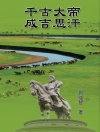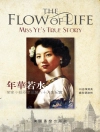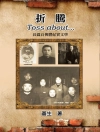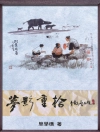In ‘Boyhood, ‘ Leo Tolstoy presents a poignant autobiographical narrative that captures the essence of growing up in 19th-century Russia. Through a series of vivid recollections, Tolstoy employs a naturalistic literary style, combining psychological insights with rich, sensory descriptions. The novel offers a profound exploration of the moral dilemmas and emotional upheavals that define childhood, set against the backdrop of a socially stratified society. Tolstoy’s ability to evoke the jealousy, joy, and the complexities of innocence invites readers to reflect on their own formative years. Leo Tolstoy, renowned for his philosophical depth and moral gravity, drew upon his own childhood experiences while crafting this semi-autobiographical work. Growing up in an aristocratic family, he witnessed firsthand the clash of social norms and personal values. Tolstoy’s life, marked by a quest for meaning and understanding, is mirrored in the protagonist’s journey, emphasizing themes of personal development and the search for identity. ‘Boyhood’ is highly recommended for readers interested in autobiographical literature, psychological insight, and the exploration of the human condition. Tolstoy’s masterful narration not only engages the intellect but also tugs at the heartstrings, making it an essential read for anyone seeking to understand the intricacies of youth and growth.
लेखक के बारे में
Count Lev Nikolayevich Tolstoy, commonly known as Leo Tolstoy, was a towering figure in Russian literature, born on September 9, 1828, at Yasnaya Polyana, his family’s estate in the Tula Province of Russia. He is recognized not only for his literary prowess but also for his profound philosophical and ethical musings. Tolstoy’s narratives often delve into the complexities of human life and the quest for meaning. ‘Boyhood’ is one such early work where he intricately explores the experiences and emotions of youth, narrating the development of a child into early adolescence. This semi-autobiographical novel is part of the autobiographical trilogy, which begins with ‘Childhood’ and concludes with ‘Youth’, painting a larger picture of Tolstoy’s own formative years. His masterpieces, ‘War and Peace’ and ‘Anna Karenina’, showcase his adept storytelling and rich character development, thus embedding him within the pantheon of literary greats. Tolstoy’s style encompasses realistic narrative, moral didacticism, and a philosophical scrutiny of life and society, which continued to evolve until his later works, such as ‘The Death of Ivan Ilyich’ and ‘Resurrection’. He passed away on November 20, 1910, at Astapovo railway station, leaving behind a legacy of works that continue to challenge, inspire, and evoke contemplation to this day.












